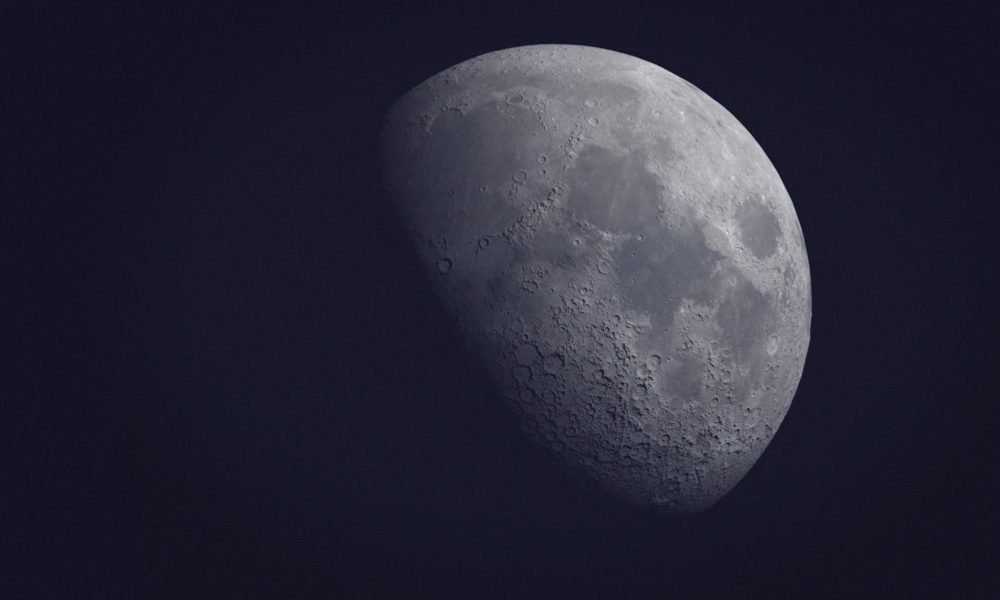
ESA Open Invitation to Tender AO10332
Open Date: 07/07/2020
Closing Date: 01/09/2020 13:00:00
Status: ISSUED
Reference Nr.: 20.1EC.02
Prog. Ref.: Technology Developme
Budget Ref.: E/0901-01 – Technology Developme
Special Prov.: BE+DK+FR+DE+IT+NL+ES+SE+CH+GB+IE+AT+NO+FI+PT+GR+LU+CZ+RO+PL+EE+HU
Tender Type: C
Price Range: 200-500 KEURO
Products: Satellites & Probes / AOCS & GNC / AOCS & GNC Eng. SW / SW for AOCS&GNC design, analysis, simulation, etc.
Technology Domains: Space System Control / Control Techniques and Tools / Modelling Techniques
Establishment: ESTEC
Directorate: Directorate of Tech, Eng. & Quality
Department: Systems Department
Contract Officer: Seynaeve, Christophe Rene R.
Industrial Policy Measure: N/A – Not apply
Last Update Date: 07/07/2020
Update Reason: Tender issue
The main objective of this activity is to address the control-structure interaction problem using an integrated structure control co-design framework, aiming at reducing the typical conservatism in control and structural design and, as a consequence, reduce the structural mass of flexible appendages. EnVision is used as application mission, because of the particular relevance of the control-structure interaction problem to such mission, due to the presence of large flexible appendages (solar arrays, SAR array, subsurface radar antenna) together with tight agility requirements. Detailed objectives are the following:1 – Review the EnVision mission requirements and spacecraft architecture in order to establish the perimeter of the control/structure co-design and the required performance. Special focus shall be devoted to the agility requirements and the implications in terms of flexible modes damping following slews on the pointing performance requirements.2 – Using the latest developments in multi-physics modelling and robust control tools, establish a model of the EnVision spacecraft that will serve as reference for control/structure co-design.3 – Establish an integrated optimisation process that allows optimising the structural mass while at the same time robustly achieving all pointing performance requirements. This process shall encompass the analysis and synthesis of the attitude control system in a robust multi-variable control fashion as well as an iterative reduction of the structual mass of flexible appendages to streamline the stiffening elementsof such appendages as far as possible in compliance with the stability and performance requirements.4 – Using the toolsand optimisation process mentioned above, perform a co-design of the EnVision attitude controller and stiffening elements of the flexible appendages with the objective of achieving a mass efficient spacecraft design.DescriptionClassical control design techniquesused for flexible spacecraft are based on single axis design approaches to control the rigid-body motion complemented by low-pass and notch filters to suppress the resonant peaks of the low-frequency flexible modes.These techniques are inherently relying on a priori knowledge of the structural flexible modes and introduce significant conservatism in the control and structural design, dictated by the needto separate the controller bandwidth from the flexible modes frequency.The present activity aims at addressing the conservatism ofthe classical approaches by exploiting robust control techniques that allow to avoid the strict separation between controller bandwidth and flexible modes frequency and, therefore, reduce the structural mass of flexible appendages.This activity builds on a previous study completed in 2012, which was targeting Earth Observation missions and specifically an application to the BIOMASS mission. The perimeter of such activity was restricted by the limited number of structural parameters that could be modified. Despite this limitation, mass savings on the structural appendages in the order of 20% were achieved. This new activity aims at taking advantage ofthe recent developments in multi-physics modelling tools and robust control tools which are expected to increase fidelity and reliability of the methodology and, ultimately, improve the efficiency of mass reduction. Timely execution of this activity will provide valuable inputs for the EnVision mission implementation, given the importance of achieving a mass efficient spacecraft design for a mission that is mass critical.
If you wish to access the documents related to the Invitation to Tender, you have to log in to the ESA Portal.
